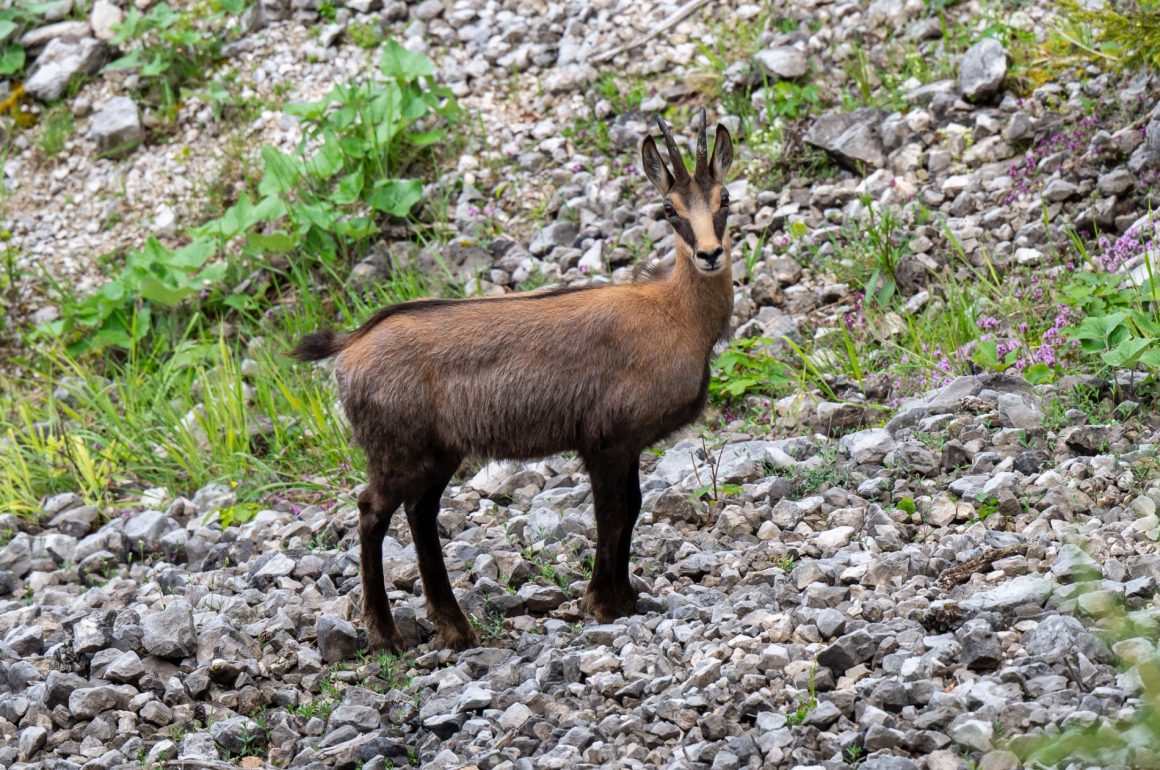
Continuing our hike from the Karwendel (covered in my last post), my friends and I descended into the Isar river valley and hiked up 1000 meters in altitude to arrive at the Arnspitz hut in the afternoon. After regaining enough energy through a small meal, we decided to try the ascent to the summit 300 meters above the hut in the evening. This was a great climb and when we got back down, we noticed that we had the hut all to ourselves. There are no proper beds and it is meant more as an emergency shelter, but the hut had a small wood fire-fuelled stove on which we cooked and melted snow from outside for drinking water (we didn’t bring enough water), which was very fun.
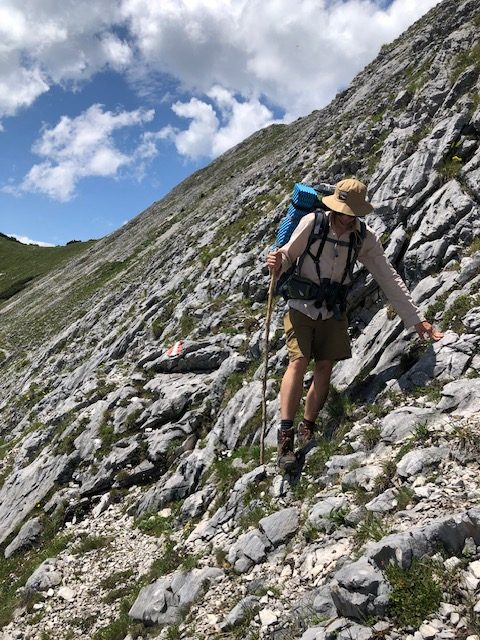
The main quarry of the Arnspitz is the Rock Partridge. This mountain is the only (reliable) place to see this bird in Germany. However, it requires dedicated scanning of a distant steep and rocky slope, for which we carried a tripod and scope with us for the entire trip. This surely seems pretty bonkers to non-birders (and probably also to many birders) as our backpacks were close to 20kg. But all this is worth it when you end up finding your quarry. Only that we didn’t.
We met two other birders who hiked up the mountain to be at the partridge spot at 3AM, but they too left empty-handed. When calling, the birds are most likely (read “least unlikely”) to be found, but they pretty much stopped calling at this time of year. A few days later though, another of our friends from Heligoland visited the spot and saw it (admittedly in a group of five birders, four of whom had scopes).
Despite the lacking success with the partridge, we had some nice birds including many of the commoner species, which were still fun to observe. Crested Tits were particularly common, as were Red Crossbills. A Eurasian Nutcracker was significantly less neat than the bird we saw a few days before.
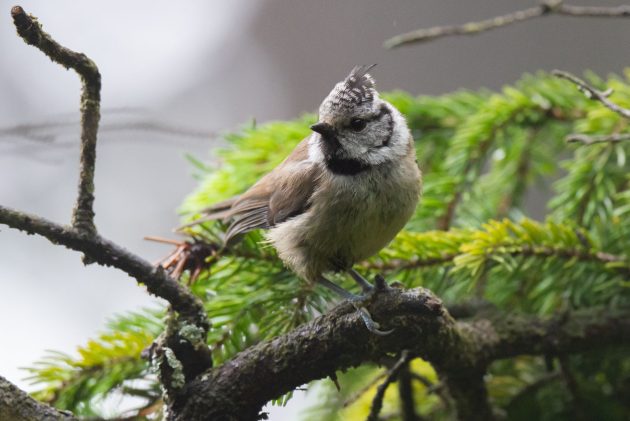
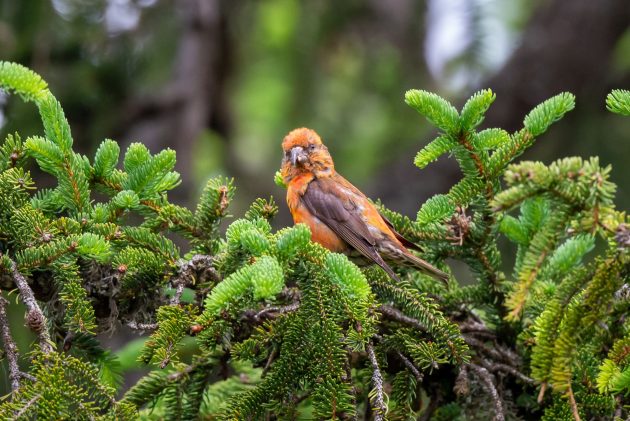
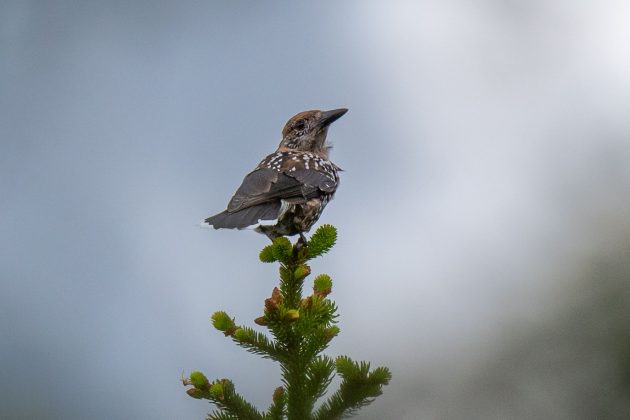
Of the species above the tree line, a pair of Alpine Accentors next to the path was among the most entertaining. These pretty birds are quite approachable, andthey seemed quite oblivious to our presence nearby.
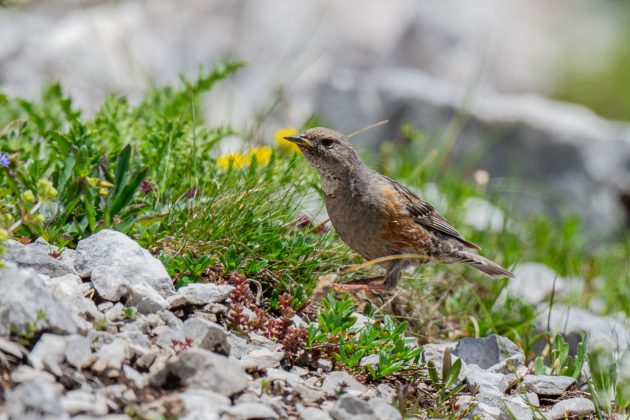
Chamois were also very common (so much that I decided to make this mammal the post’s featured image – surely a sacrilegous thing to do on this blog!). It was impressive to watch them run across nearly vertical cliff faces with ease – although we kept hoping in vain that they would flush a Rock Partridge.
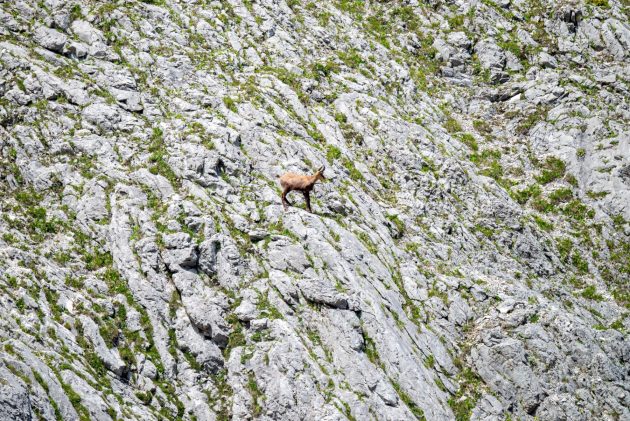
Having descended from the Arnspitz, we still had a few specials left which hoped to see, particularly some gamebirds like the standard species of grouse every birder hopes to see in the Alps. These are very tough to find in the Bavarian Alps though, especially at this time of year, and we ended up not seeing any of the desired species. The last leg of the hike to the Soierngruppe, which I’ll cover in my next post, did reveal some other good species nonetheless.












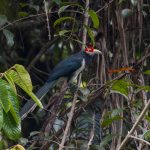
Rock partridges are difficult birds to find everywhere. I’ve looked for them in Scilly without success, and on two occasions in Greece I’ve heard them but failed to see them, despite the fact that they didn’t sound far away. I eventually managed to get great views (but too distant for photographs) in Bosnia, where I saw several different birds. An awful lot of hard work for a bird that looks so much like a red-legged partridge…
Rock Partridge is one of the most glaring gaps in my life list. I tried in the Alps, in Italy and Greece. Like David commented, it appears they are easiest in Bosnia and Croatia, but of course that’s no big help for a Germany-list. 😉
And that’s a VERY steep slope!
Beautiful post, I really like birding in the Alps, should do it more often.